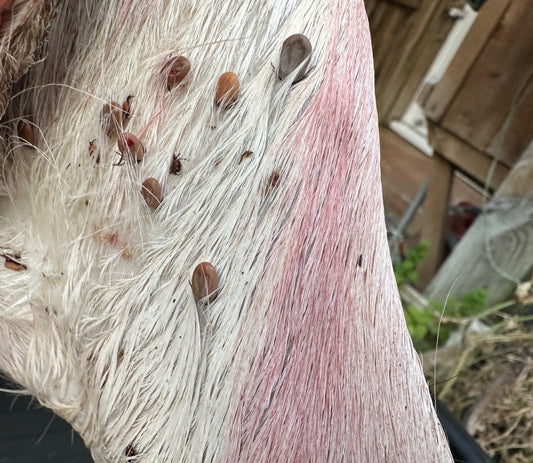Woodlands across the UK are not only natural havens for wildlife and people alike but also sites of intensive management work crucial for their upkeep. At Wildscape Deer Management, we engage in a variety of woodland management activities that, while essential for maintaining these ecosystems, come with inherent risks not always visible to the general public. This article aims to shed light on these activities and underscore the importance of public awareness and cooperation.

Heavy Machinery: The Backbone of Woodland Maintenance
Forestry operations rely on heavy machinery to manage vegetation, process timber, and maintain pathways. These large machines, including harvesters and forwarders, are designed for efficiency and safety but can become hazards when operated near unassuming visitors. The areas of operation are usually marked, but the dynamic nature of forestry work means the public might unexpectedly encounter these machines. Awareness and adherence to posted signs and barriers are vital for preventing accidents.
Deer Management: Balancing Ecology with Safety
Deer population control, through culling, is a sensitive but necessary aspect of woodland management. It's aimed at preventing overpopulation, which can lead to ecological imbalance and damage to the woodland floor and understory. These activities are carefully planned and executed, often in areas away from public access. However, during these operations, it's crucial for visitors to be aware of the potential for nearby management activities and to respect temporary restrictions for their safety and the integrity of the management process.
Working Dogs and Livestock in Woodland Management
Working dogs are often used in woodland management for herding purposes or as part of wildlife control measures. Additionally, livestock may be penned within woodlands to aid in vegetation control, a practice that helps maintain open areas and promotes biodiversity. While these animals are under control and serve a purpose, their presence can be surprising to woodland visitors. Understanding that these animals are part of the management strategy and maintaining a safe distance can prevent unintended interactions that might lead to stress for the animals or safety concerns for visitors.

A Partnership Between Public and Woodland Managers
For those of us involved in the management of these precious environments, public cooperation and understanding of the work we do are invaluable. Awareness campaigns and clear signage play a role, but we also rely on the public's willingness to inform themselves about the areas they visit and to respect the necessary but unseen work that goes into maintaining the health and beauty of our woodlands.
Conclusion
Woodland management is a multifaceted endeavour that balances the health of ecosystems with recreational use and timber production. The activities involved, from the operation of heavy machinery to deer management and the use of working animals, are essential for this balance but pose risks that require public awareness and cooperation. By working together, we can ensure that our woodlands remain safe, healthy, and enjoyable for all who visit and call them home.





